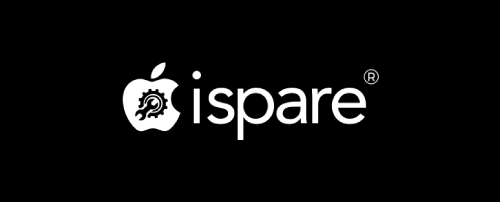Your credit report is a vital part of your financial well-being. 10% of your credit score considers the types of accounts you have. Having experience with various types of accounts—credit cards and loans—helps increase your credit score.
thoughts on “What is the Difference Between a Debit and a Debt?”
T accounts are simply graphic representations of a ledger account. Debits and credits are recorded in your business’s general ledger. A general ledger includes a complete record of all financial transactions for a period of time.
The benefits of high credit limits
Conversely for accounts on the right-hand side, increases to the amount of accounts are recorded as credits to the account, and decreases as debits. Each transaction that takes place within the business will consist of at least one debit to a specific account and at least one credit to another specific account. A debit to one account can be balanced by more than one credit to other accounts, and vice versa. For all transactions, the total debits must be equal to the total credits and therefore balance. Before the advent of computerized accounting, manual accounting procedure used a ledger book for each T-account. The collection of all these books was called the general ledger.
FAQs on Know What is Debit and Credit- Differences and Rules
- This rule is specific to Personal Accounts because these accounts track transactions with other entities (people, businesses, organisations).
- If you are new to accounting, you may have a look at this Basic Tutorial on Accounting.
- A debt is an amount of money owed to a particular firm, bank or individual.
This applies to both physical (tangible) items such as equipment as well as intangible items like patents. Some types of asset accounts are classified as current assets, including cash accounts, accounts receivable, and inventory. These include things like property, plant, equipment, and holdings of long-term bonds. This rule is specific to Personal Accounts because these accounts track transactions with other entities (people, businesses, organisations).
Liability accounts
- — Now let’s take the same example as above except let’s assume Bob paid for the truck by taking out a loan.
- A debit increases an asset, while a credit increases a liability or equity.
- So debits and credits don’t actually mean plusses and minuses.
- Therefore, applying a debit to any of these accounts will reduce their balance.
- But you also need to ensure you won’t take out too much credit, or you might still get rejected for additional credit like home loans.
- When it comes to debits vs. credits, think of them in unison.
Desiree runs a tutoring business and is opening a new location. She secures a bank loan to pay for the space, equipment, and staff wages. The main difference is that invoices record a sale, while debit notes and debit receipts reflect adjustments or returns on transactions that have already taken place. This might occur when a purchaser returns materials to a supplier and needs to validate the reimbursed amount. In this case, the purchaser issues a debit note reflecting the accounting transaction. A debit in accounting signifies that a company has more of things it owns or owes less to others.
Debits and credits
Hence, using a debit card or credit card causes a debit to the cardholder’s account in either situation when viewed from the bank’s perspective. On the other hand, when a utility customer pays a bill or the utility corrects an overcharge, the customer’s account is credited. Credits actually decrease Assets (the utility is now owed less money). If the credit is due to a bill payment, then the utility will add the money to its own cash account, which is a debit because the account is another Asset.
Accounting tools can make all the difference
Declaring Chapter 7 bankruptcy will get rid of most of your wage garnishments, but there are serious consequences for doing so. But there’s a statute of limitations for how long creditors can sue you for outstanding credit card debt, which varies from three to 10 years in most states. You could skip payments, but you might be liable for them later.
So, a ledger account, also known debt vs debit as a T-account, consists of two sides. As talked about earlier, the right-hand side (Cr) records credit transactions and the left-hand side (Dr) records the debit transaction. There are several different types of accounts in an accounting system.
Today, most bookkeepers and business owners use accounting software to record debits and credits. However, back when people kept their accounting records in paper ledgers, they would write out transactions, always placing debits on the left and credits on the right. For those who still prefer a structured approach, our general ledger template helps simplify the process and keep records organized. When learning bookkeeping basics, it’s helpful to look through examples of debit and credit accounting for various transactions. In general, debit accounts include assets and cash, while credit accounts include equity, liabilities, and revenue.

